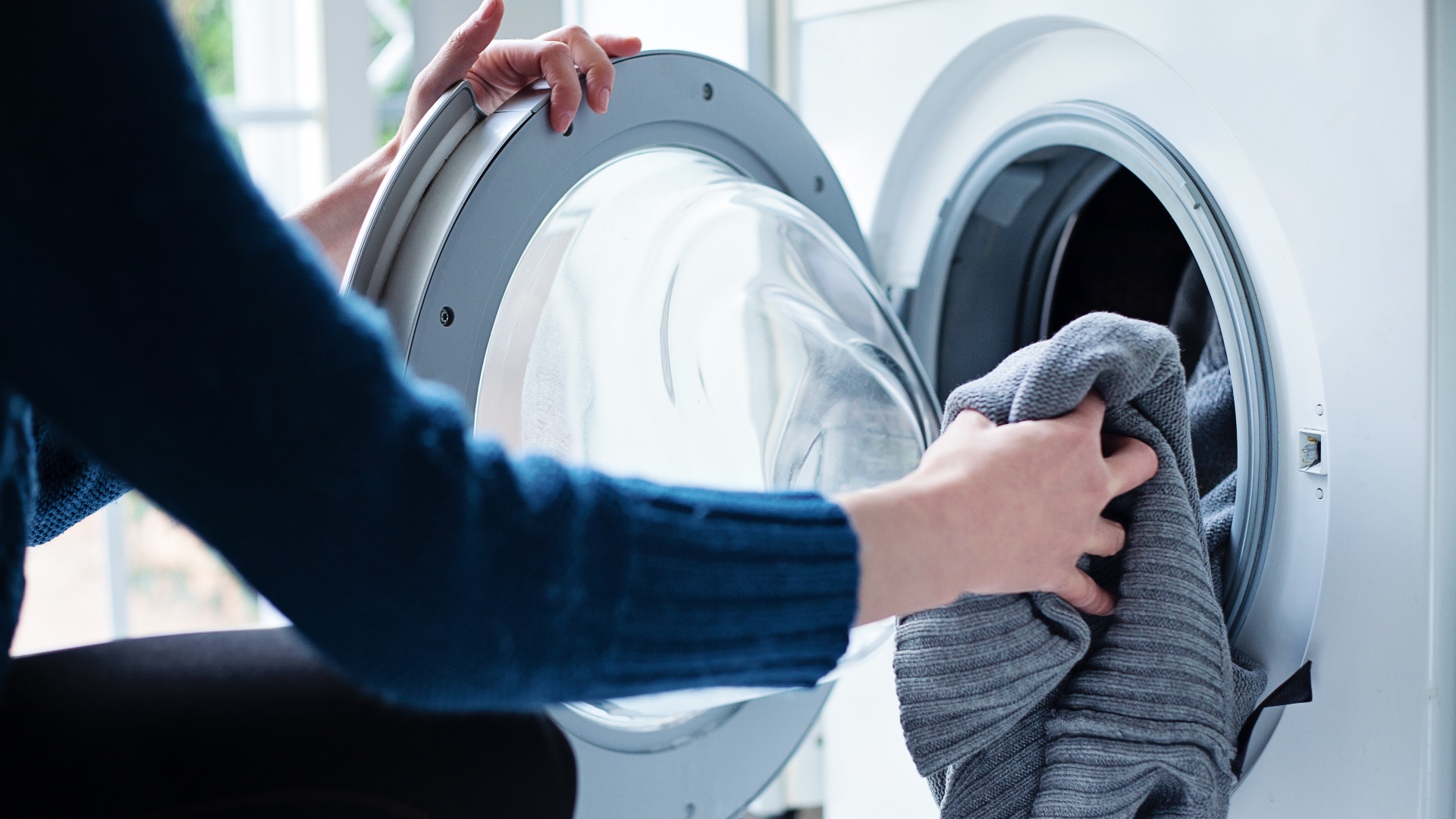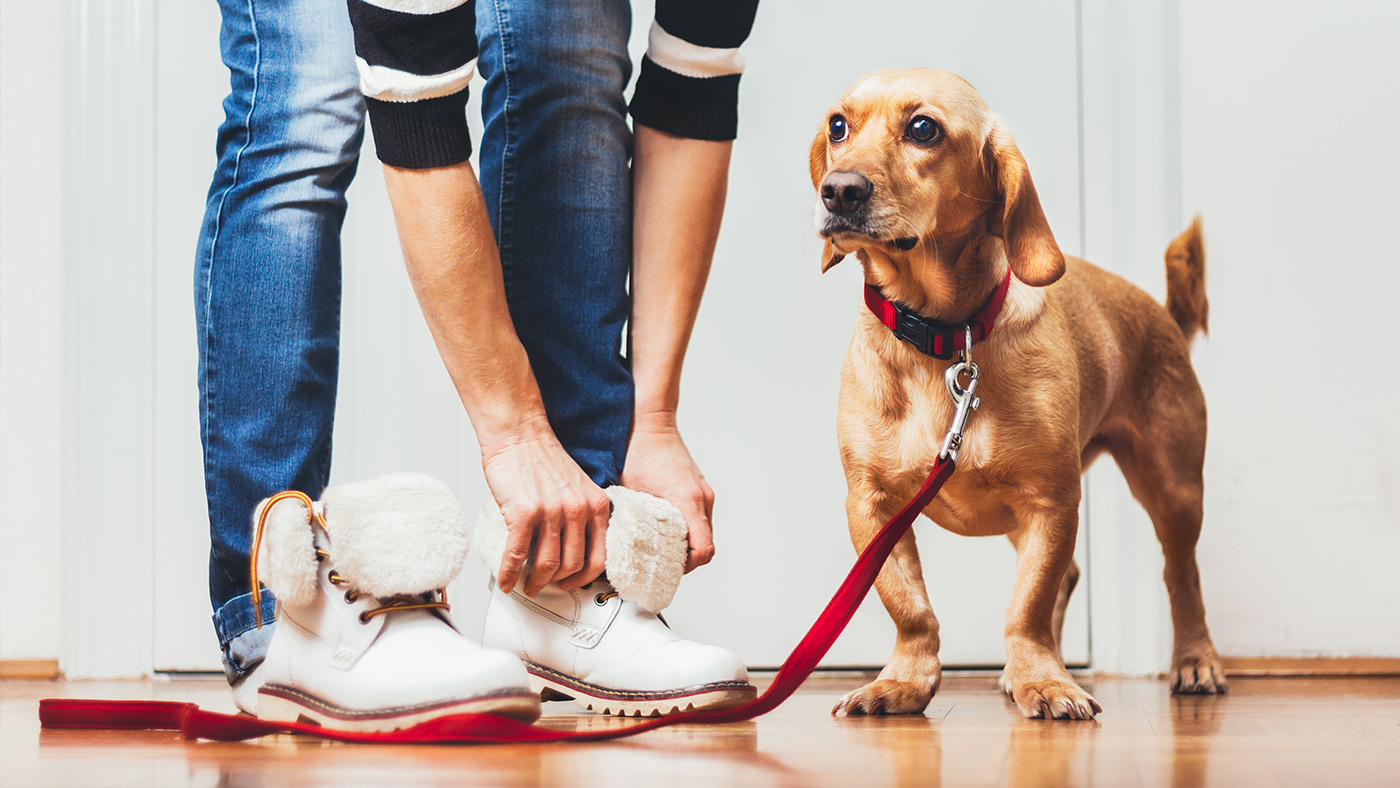Bed bugs on dogs: Do they bite or are they harmless?
We explore whether bed bugs on dogs pose a risk to your hound's health and how you can go about eradicating these pesky parasites from your home

While fleas and ticks tend to steal the majority of the limelight, bed bugs on dogs can be just as problematic. In fact, these blood-sucking parasites have the potential to pose even more of an issue to your dog’s health because they’re harder to spot and eradicate.
Bed bugs are crafty creatures that are adept at getting into your home by hitching a ride on your clothing and belongings. Once they’re in, they can multiply quickly and cause an infestation that can be challenging to deal with. But it’s not all bad news.
It’s true that bed bugs will bite dogs and this can cause them the same discomfort that flea bites can, but thankfully, unlike fleas, bed bugs don’t carry diseases, so you can breathe a sigh of relief knowing your dog isn’t going to be picking up anything nasty if they do get bitten.
In this piece, you’ll find everything you need to know about bed bugs, how they get into your home, the potential risks to your dog and how to eradicate an infestation. So, put down what you’re eating (trust us, you don’t want to be consuming food when you read this!) and let’s do a deep dive into everything you need to know about bed bugs on dogs.
What are bed bugs?
Known scientifically as Cimex lectularius L., bed bugs are parasites that feast on blood as their only source of nutrition. We know, they sound delightful don’t they?! These small creatures are 5-7 mm long (about the same length as a grain of rice) and are a brownish-red color with six legs, a flat body shape and no wings.
As you’ve probably guessed by their name, bed bugs love to hang out wherever humans and animals sleep and because of their flat shape, they’re able to easily hide in bed frames, bedding, and mattresses. Bed bugs are nocturnal, meaning they’re active at night, so this is when they’ll attach themselves to a host (either you or your pet!) and start feeding.
How do bed bugs get into your home?
If you thought you were good at sticking your thumb out and hitching a ride, we promise you you’ve got nothing on these guys who take hitchhiking to a whole nother level! Hardy little travelers, the inconspicuous bed bug is a master at latching onto unsuspecting victims, whether it be on their clothes, in their luggage, or in the case of your pet, buried in their fur.
Once they’ve hitched a ride into your home, a female bed bug will begin to lay eggs, anywhere between 2-5 a day, which doesn’t sound like a lot, but given how hard these guys are to spot, it can quickly lead to an infestation once all those eggs hatch and start laying their own.
Unfortunately for those of us trying to eradicate them, bed bugs can survive in temperatures from freezing all the way up to 122°F and can happily thrive for several months without eating, making them very tricky to get rid of.
Will bed bugs bite dogs?

We have good news and bad news when it comes to bed bugs and dogs, so let’s start with the bad news and get it out of the way. Yes, as well as biting and feeding on people, bed bugs will chow down on your canine companion as well, although they do prefer human blood if they can get it.
But the good news? While bed bug bites may cause red welts or itchy lesions, which aren’t the most comfortable things, they’re not known to transmit disease, so while they can certainly cause your dog some distress, their bite itself won’t lead to illness. That being said, secondary skin infections are sometimes an issue if the itchiness of the bites leads to excessive scratching.
What are the signs of a bed bug infestation?
The problem with bed bug bites is that many pet parents mistake them for flea bites and end up using one of the best flea treatments for dogs expecting that to put a stop to the biting. These treatments are ineffective on bed bugs, so it’s important to look for the tell tale signs that what you’re dealing with are bed bugs and not fleas.
First up, like all insects, bed bugs must shed their exoskeltons in order to grow, so be on the lookout for these which are translucent in color. Rusty or black spots on your bedding, mattress, or pet, are signs of droppings and you may also spot red blood stains. You may not notice any bites on your pet, but sometimes bed bugs leave behind red welts and these will often be in a line.
Because they hide during the day and feast at night, bed bugs can be tricky to see , but be on the lookout for rusty or bright red colored bugs - their color depends on how long its been since they’ve fed. Check your bed frame, box springs, curtain rods, skirting boards, and any other small spaces that might make for a good hiding place.
How do you get rid of bed bugs?

Unlike fleas, which are more likely to hide in plain sight on your dog, bed bugs get into all sorts of hard-to-reach places that can make them difficult to eradicate. The first thing you need to do is to figure out where the bed bugs are located. While 70% of infestations will be found in and around the beds in your home, you may also find bed bugs in your other living spaces.
Hot water and the dryer is your best friend when it comes to getting rid of these pesky creatures, so you’ll want to wash all of your bedding in hot water and treat the frame with a chemical treatment to kill any eggs as well as vacuuming it thoroughly.
If you’ve invested in one of the best dog beds for your pooch, you’ll either need to zip the cover off and wash it in hot water before throwing it in the dryer for 30 minutes, or, if the bed itself is fully machine washable, put the whole bed through the washing and drying process. The heat will kill both the adults and the eggs - it’s worth doing your dog’s soft toys while you’re at it too.
While we know it’s an expense, if you suspect you have bed bugs, we’d recommend calling in a professional who can identify the problem and advise you on the best course of action as you may require additional help above and beyond the measures listed above to rid your home of these pesky parasites.
What to do if your dog has bed bugs
While it’s natural to want to reach for a flea and tick treatment, remember that these will have no effect on any bed bugs hitching a ride in your dog’s fur. The best thing you can do if you notice bed bugs on your dog is to wash all their belongings in hot water and treat the rest of your home.
If your dog is itching enough that they’re scratching furiously and irritating or breaking their skin, then you’ll want to take them to see your vet who can prescribe something to make them feel more comfortable. It’s really important that you do this sooner rather than later to prevent an infection from setting in.
Many of the best dog shampoos come in very gentle and soothing formulas, so giving your pup a bath using a shampoo that contains ingredients like oatmeal and coconut oil can help bring some relief. Sprays and antihistamines may also be useful in easing the level of discomfort your dog is feeling.
PetsRadar Newsletter
Get the best advice, tips and top tech for your beloved Pets

Kathryn is a freelance writer who has been a member of the PetsRadar family since it launched in 2020. Highly experienced in her field, she's driven by a desire to provide pet parents with accurate, timely, and informative content that enables them to provide their fur friends with everything they need to thrive. Kathryn works closely with vets and trainers to ensure all articles offer the most up-to-date information across a range of pet-related fields, from insights into health and behavior issues to tips on products and training. When she’s not busy crafting the perfect sentence for her features, buying guides and news pieces, she can be found hanging out with her family (which includes one super sassy cat), drinking copious amounts of Jasmine tea and reading all the books.
